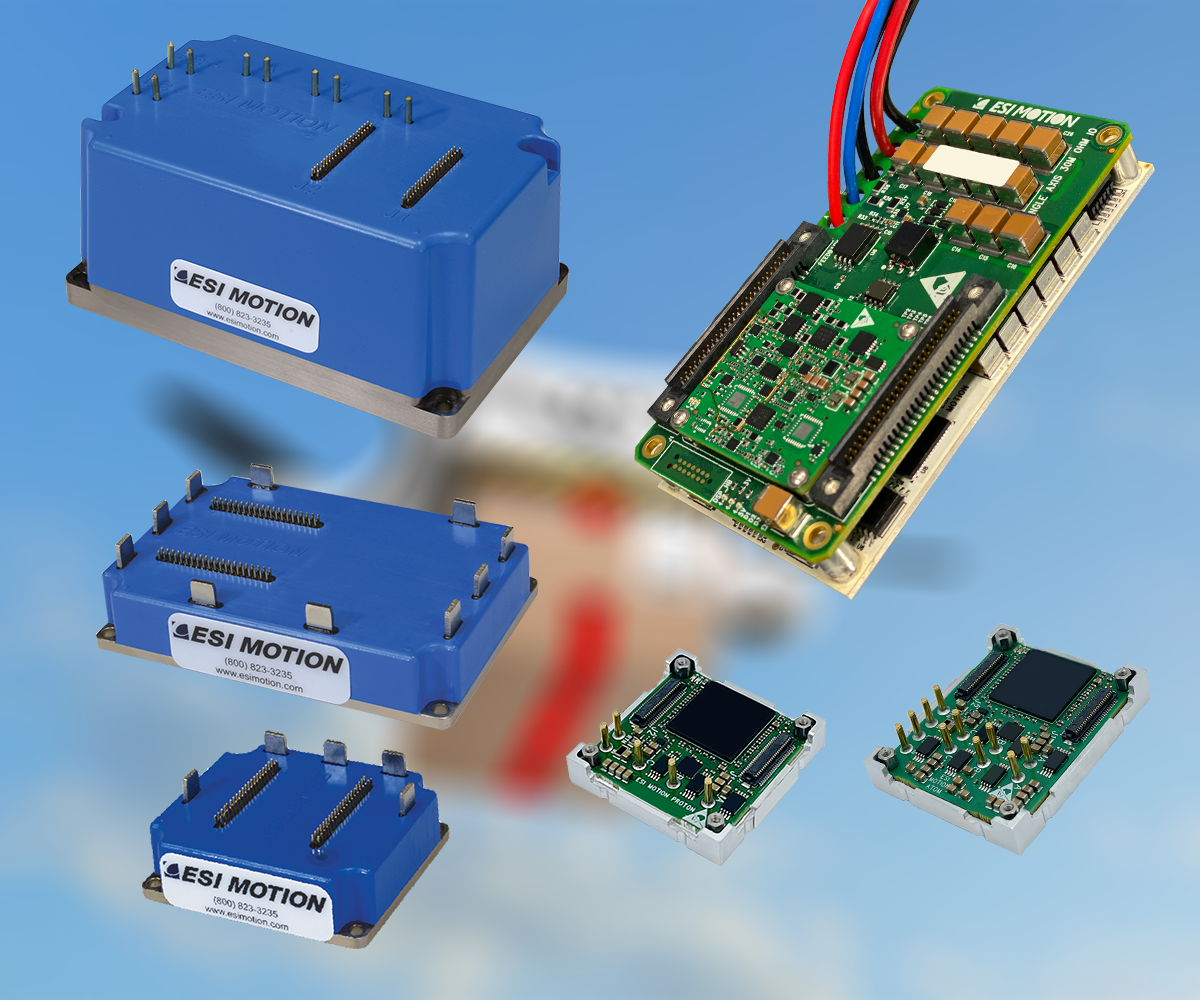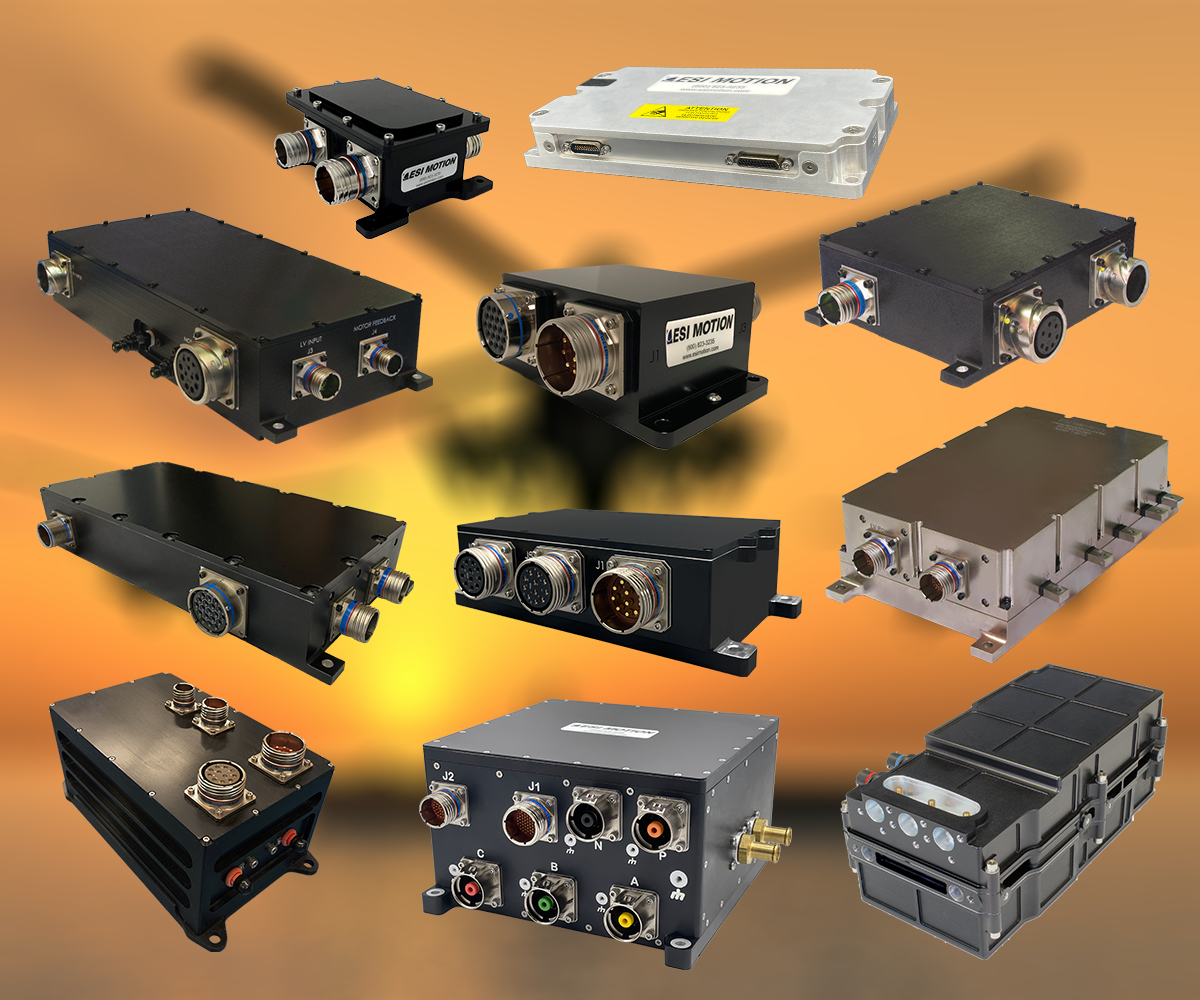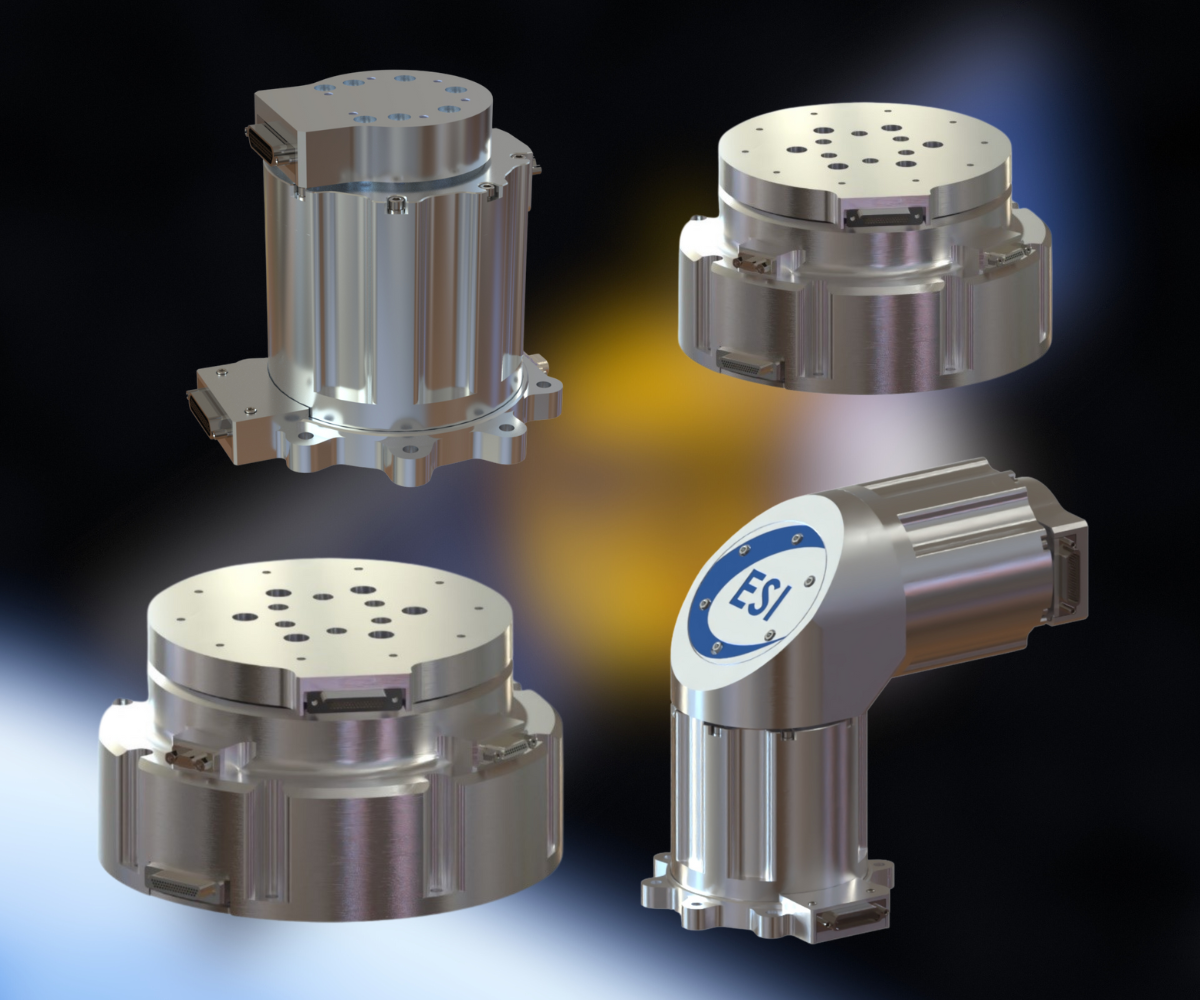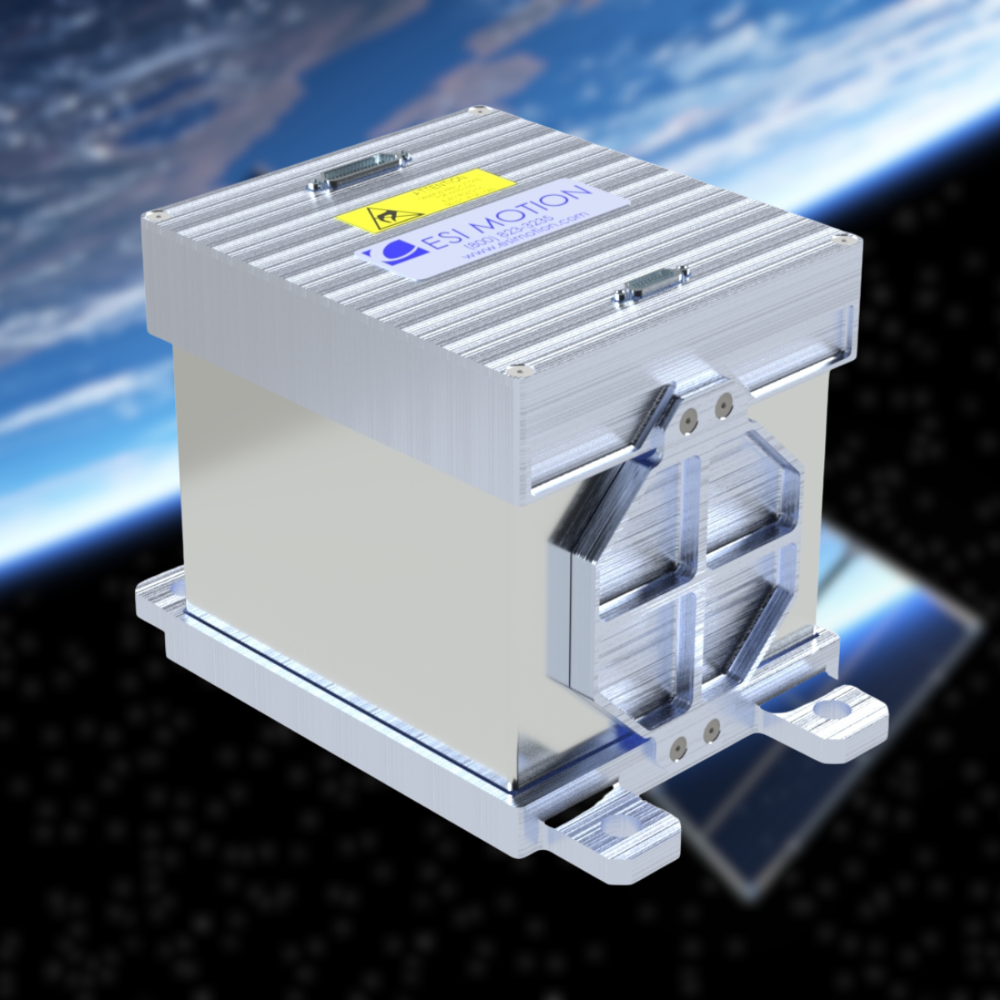Encoders are critical components in space missions, where precision, reliability, and durability are paramount. Here are the key applications for encoders in space missions:
1. Satellite Positioning and Orientation (Attitude Control)
Application: Encoders are used in reaction wheels, gyroscopes, and gimbals to precisely measure and control satellite orientation.
Purpose: Ensures accurate pointing of antennas, sensors, and cameras.
2. Robotic Arms and Manipulators (e.g., Canadarm on the ISS)
Application: Encoders provide feedback on joint positions and angular movement.
Purpose: Enables precise movement for tasks like satellite repair, sample collection, or station maintenance.
3. Telescope and Sensor Alignment
Application: High-resolution optical or radio telescopes use encoders to align mirrors, lenses, and sensors.
Purpose: Maintains alignment with celestial targets for observation or data collection.
4. Thruster Control Systems
Application: Encoders monitor the position of valves and actuators in propulsion systems.
Purpose: Assures precise thrust vectoring and propulsion management.
5. Solar Panel Deployment and Tracking
Application: Encoders measure angular positions during deployment and track the sun's position.
Purpose: Maximizes power generation by ensuring optimal solar panel orientation.
6. Antenna Positioning Systems
Application: Used to position high-gain antennas on satellites or spacecraft.
Purpose: Maintains communication alignment with Earth or other spacecraft.
7. Landing and Mobility Systems (e.g., Mars Rovers)
Application: Encoders are integrated into wheels, legs, and actuators.
Purpose: Facilitates accurate terrain navigation, obstacle avoidance, and sample handling.
8. Scientific Instruments and Experiment Platforms
Application: Provides position feedback in movable parts of instruments (e.g., spectrometers, sample carousels).
Purpose: Enables precise calibration and operation of scientific equipment.
9. Hatch, Door, and Boom Mechanisms
Application: Monitors positions of mechanical components during deployment or operation.
Purpose: Ensures safe operation and mechanical reliability in vacuum and microgravity conditions.
10. Launch Vehicle Systems
Application: Encoders track valve positions, engine gimbal angles, and control surfaces.
Purpose: Supports real-time feedback for launch trajectory and stabilization.
Conclusion:
Encoders play a vital role in space missions by providing precise position and motion feedback for critical systems. They are used in satellite orientation, robotic arms, telescopes, thruster control, solar panel tracking, antenna positioning, rover mobility, scientific instruments, mechanical deployments, and launch vehicle systems. These applications ensure accurate operation, control, and data collection in space. Encoders used in space must be highly reliable, resistant to radiation, temperature extremes, and mechanical stress.
As an industry leader, ESI Motion possesses the know-how, experience, and support to help you achieve your mission goals while ensuring optimal performance and longevity for your equipment. We offer many solutions based on your needs, timeline and budget with Commercial Off-The-Shelf, Modified and Full Customization Systems! ESI Motion has years of experience providing motion control for a vary of Space Applications!
Contact ESI Motion by calling +1.800.823.3235 or email us at sales@esimotion.com.
If you’ve got any questions, we’ve probably got them answered here on our FAQ. If you need any technical support, our team is here to help.
Click Here to see more of our solutions.





